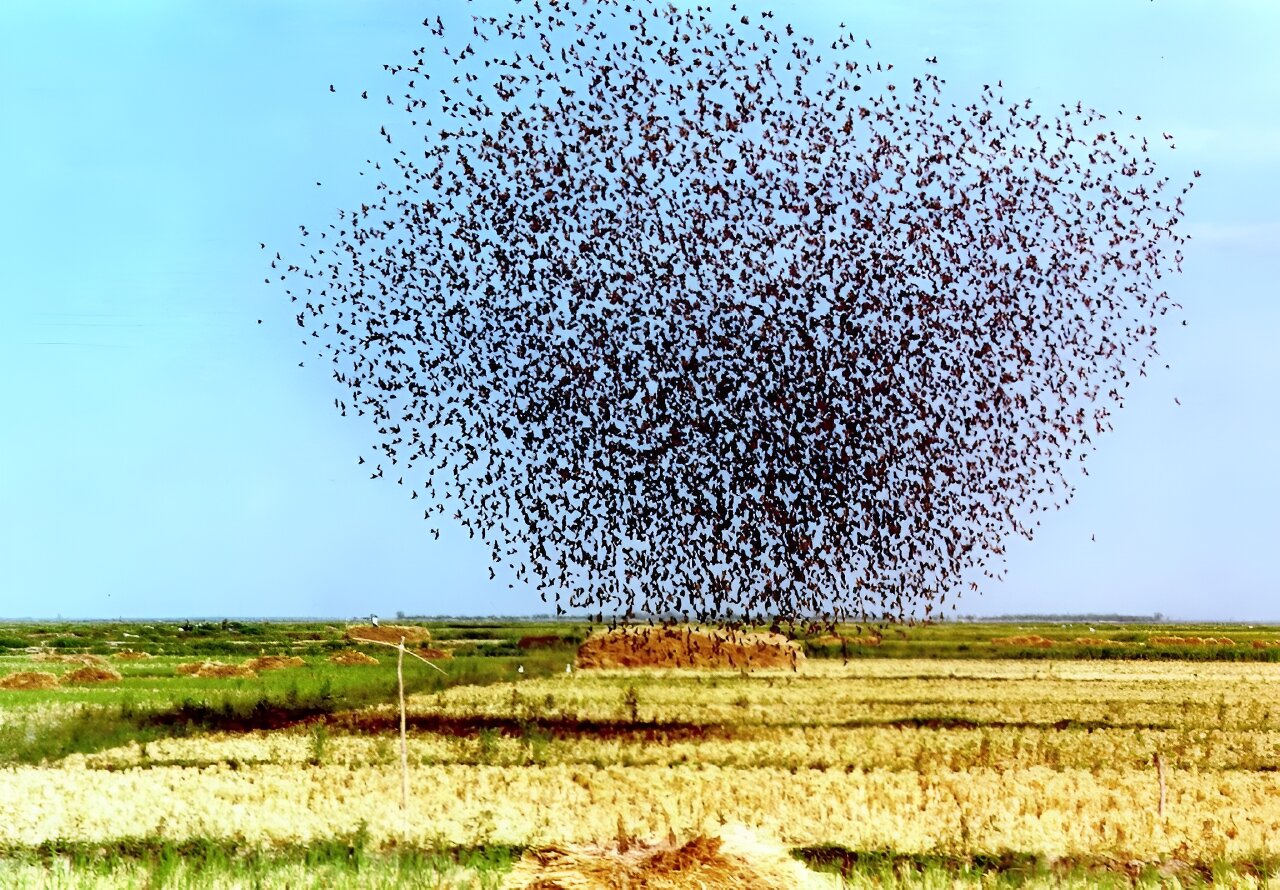- Quelea birds are native to Africa and are the most numerous and most destructive bird species in the world.
- This 15-gram-12-centimetre bird can wipe away your wheat or rice farm in hours.
- This year, farmers in Narok are out of luck as the birds have returned, gunning for their wheat farms in Ntulele and 6 other regions.
The Wrath Of The Quelea: Most Destructive Bird Returns To Prey
12 Jun, 2024 12:42 PM

Quelea birds, though cute, small, weaver creatures, are one of the most hated bird species by farmers.
Native to Africa, they are the most numerous bird species in the world, and also the most destructive. Their ability to reproduce communally and share resources, such as nests, means they multiply in millions.
This 15-gram-12-centimetre bird can wipe away your wheat or rice farm in hours. In their millions, they invade small seeded crops, including sorghum, barley, millet and oats.
The Quelea bird season which usually falls between June and August keeps farmers on their toes as the risk of total loss is never that far away.
In Kenya, the Quelea attacks of 2022 and early 2023, left wheat and rice farmers at the mercy of this tiny predator, with the government arguing against the killing of this species.
The cure to Quelea attacks is often large spraying attacks or the use of explosives combined with fuel, to create fire bombs that obliterate their million-populations.
This year, farmers in Narok are out of luck as Quelea ghosts have come back to haunt. Narok's wheat basket is at a threat, as the return of this red-beaked predator could prove disastrous.
The Narok county government is considering massive chemical spraying in the areas of Nkareta, Ololulung'a, Naisuya, Ntulele, Katakala, Kisiriri, and Olopito, where the birds have already set camp.
Joyce Keshe, Narok's agriculture executive, said the operation is targeted at eliminating about four million of these birds.
Related Topics
Leave a comment
No comments yet. Be the first to share your thoughts!






